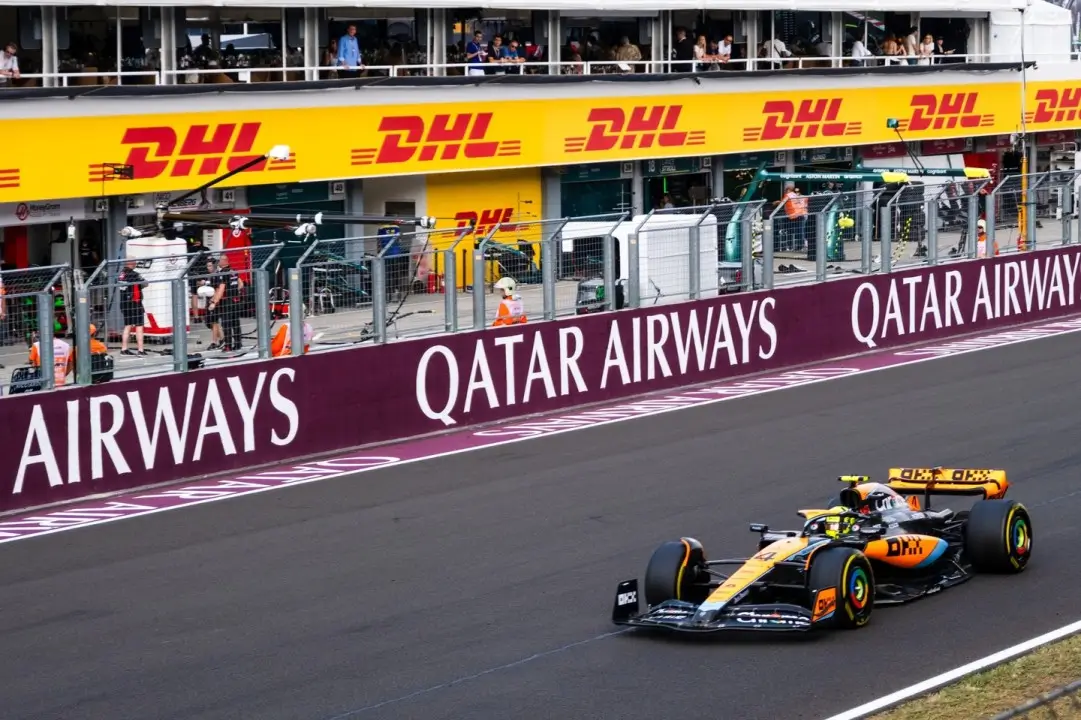The Importance of Sponsorship in F1
Sponsorship in F1 is vital for team funding, car development, and global brand exposure, shaping the sport’s competitive and financial landscape.
Sponsorships are a critical financial component in Formula 1. They greatly influence team performance, car development, and the overall F1 motorsports world. These deals provide teams with essential funding for research, development, manufacturing, and maintenance of race cars. In return, sponsors gain brand visibility and access to a global audience.
Financial Impact and Value
Sponsorships are one of the largest revenue streams for F1 teams. Though the average sponsorship deal is large, top teams attract significantly larger deals. Oracle’s deal with Red Bull Racing and HP’s deal with Ferrari are two of the most valuable deals in the sport, for instance. Aramco’s deal with Aston Martin and Stake’s title sponsorship of Sauber also contribute significantly to their team’s bottom line.
These financial inputs enable teams to invest in quality personnel and better technology, which has a direct impact on their track performance. Sponsorships can be used by smaller teams to level the playing field. It enables them to keep up with the more established and richer teams. High resource levels and high-value sponsorships give teams an edge, however, over smaller
Historical Context and Evolution
Sponsorship of F1 has evolved significantly over time. F1 was pioneered by the likes of Gold Leaf and Marlboro in the initial stages (1960s-1980s). During the 1990s and 2000s, sponsorship investment saw unprecedented growth, with technology and innovation taking center stage. Red Bull’s acquisition of Jaguar Racing was a good example of non-automotive brands entering the sport. Now, the likes of SAP, Petronas, and luxury brands like Rolex are some of the highest-paying sponsors.
Impact on Car Development and Technology
Sponsorship directly contributes to the advancement of cars and technology in F1. The injection of funds allows teams to spend on new technology, aerodynamics, and manufacturing processes. Constructors like Ferrari and Renault allocate big chunks of their budget on developing and designing their own components. The mutual evolution of competition and technology in F1 is strongly driven by sponsorship and commercial progress.
Examples of Sponsorship Integration
Sponsorships in F1 extends beyond mere logo placement on cars. Brands are increasingly seeking active and deeper connections with teams and fans. Oracle’s partnership with Red Bull Racing includes “The Paddock,” a digital loyalty program powered by Oracle Cloud Customer Experience (CX) technology. This program focuses on fan engagement and provides added value for both the company and consumers. Ferrari’s partnership with HP integrates high-performance products and services into the team’s operations.
In a similar vein, online casinos have emerged as significant players in sports sponsorships across various leagues, sports, and venues. These casinos use sponsorship strategies like different promotions such as Stake.us promo code to improve their brand visibility and offer unique bonuses.
The Role of Drivers
F1 drivers have an important part to play in bringing in and retaining sponsorships. They are a primary source of brand identification, loyalty, and visibility for sponsors. Driver contracts frequently have an important part to play in sponsorship deals, reconciling the rights and responsibilities of sponsors, teams, and drivers.
Regulatory Oversight
The FIA and other governing bodies monitor and regulate sponsorships to ensure fairness and integrity in the sport. Regulations related to advertising, financial fair play, and other aspects prevent sponsorships from unduly influencing competition.
Trends and Future Outlook
The F1 sponsorship is also not constant and is susceptible to economic factors. The 2020 pandemic impacted sponsorships across all sports, and F1 was not an exception. The sport has resumed since then, with increased investment from software and tech companies.
Sponsorship is an indispensable element of Formula 1 as we recognize it. It drives financial viability for teams while encouraging innovation via technological advancements.


